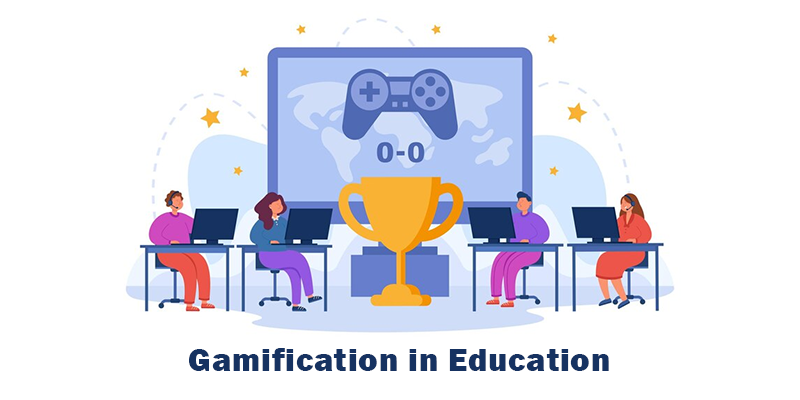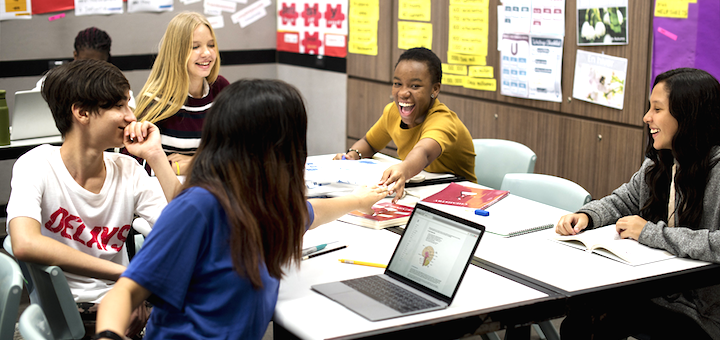Gamification in Education
In an era where digital engagement is second nature to students, traditional classroom methods often fall short of capturing their attention and sustaining their interest. Enter gamification in education, a dynamic approach that blends learning with play to create an engaging and motivating learning experience. From primary schools to higher education, gamification is rapidly transforming how educators teach and how students learn.
What is Gamification in Education?
Gamification in education refers to the integration of game design elements and principles into educational environments. This doesn’t necessarily mean turning the entire classroom into a game, but rather using game mechanics—such as points, leaderboards, badges, levels, and challenges—to encourage participation, motivation, and engagement in learning activities.
Key Components of Educational Gamification
- Points and Rewards: These serve as instant feedback, helping learners track their progress and giving them a sense of achievement.
- Badges and Certificates: Recognition of milestones boosts confidence and encourages persistence.
- Leaderboards: Introduce healthy competition and drive motivation among peers.
- Levels and Progression: Create a sense of advancement and structure, helping students see their journey over time.
- Challenges and Quests: Promote problem-solving and critical thinking in a playful, engaging format.
Why Gamification Works
The success of gamification in education is rooted in psychology. Games tap into our natural desires for achievement, competition, collaboration, and reward. By incorporating these elements into educational settings, teachers can foster a more interactive and motivating environment.
1. Increases Student Engagement
Gamified lessons keep students interested. When learning feels like a game, students are more likely to participate and remain focused, reducing distractions and absenteeism.
2. Enhances Retention and Understanding
Active participation through gamified activities helps improve knowledge retention. Learners are more likely to remember concepts they interacted with, rather than those they passively received.
3. Encourages Goal-Setting and Autonomy
Gamification promotes goal-setting by providing students with short-term objectives (like reaching the next level) and long-term goals (like completing a course). It also encourages self-paced learning, allowing students to take charge of their progress.
4. Fosters Collaboration and Communication
Many gamified systems involve team-based challenges, which promote collaboration, communication, and peer learning—essential skills in the 21st-century classroom.
5. Provides Immediate Feedback
Games provide instant feedback, allowing learners to understand what they got right or wrong immediately. This quick turnaround reinforces learning and helps in faster correction of mistakes.
Real-World Applications of Gamification in Education
Gamification isn’t just a theoretical concept—it’s actively being used in classrooms worldwide to improve learning outcomes.
1. Duolingo
One of the most popular language learning apps globally, Duolingo uses points, levels, streaks, and challenges to keep users engaged. This method has proven to increase daily usage and retention rates among users.
2. Kahoot!
Kahoot! turns quizzes into competitive games. Used in classrooms and remotely, it promotes real-time interaction and helps teachers assess understanding through fun and engaging formats.
3. Classcraft
A classroom management tool that turns the learning process into a multiplayer role-playing game. Students earn points and rewards for good behavior, academic performance, and teamwork.
4. Minecraft: Education Edition
This game-based learning platform helps students explore subjects such as history, mathematics, and coding through a virtual sandbox environment that promotes creativity and problem-solving.
How Teachers Can Implement Gamification in Education
You don’t need expensive software to incorporate gamification into your teaching. Here are some simple yet effective strategies:
1. Create a Point System
Assign points for tasks like completing homework, participating in discussions, or helping peers. Accumulated points can be exchanged for small rewards or privileges.
2. Use Badges and Certificates
Create badges for achievements such as perfect attendance, mastering a difficult topic, or teamwork. This helps recognize and reinforce positive behaviors.
3. Incorporate Quests and Challenges
Design lessons as “quests” where students complete tasks to unlock the next phase. For example, completing a science experiment could unlock a badge and the next lesson.
4. Introduce Leaderboards
Make learning competitive by displaying a leaderboard for achievements. Be sure to maintain a balance so that it motivates rather than discourages students.
5. Level Up Learning
Allow students to progress through levels at their own pace. Once they master basic concepts, they “level up” to more advanced material.
Potential Challenges and Solutions
While gamification in education has many benefits, it’s not without its challenges.
1. Overemphasis on Competition
Excessive focus on leaderboards and rankings may discourage students who are less competitive. Solution: Balance competition with collaboration. Incorporate team-based challenges that promote group success.
2. Technical Limitations
Some schools may lack the infrastructure for digital gamification tools. Solution: Use offline gamification strategies such as card games, board games, or paper-based point systems.
3. Time Constraints
Designing gamified content may seem time-consuming. Solution: Start small. Integrate one or two game elements and gradually build on them as you see success.
4. Unequal Access
Not all students have equal access to digital devices or the internet. Solution: Provide alternative ways to engage with the content, ensuring inclusivity for all learners.
The Future of Gamification in Education
As technology continues to evolve, gamification is expected to become even more integrated into the educational landscape. Augmented reality (AR), virtual reality (VR), and artificial intelligence (AI) will offer immersive and adaptive learning experiences tailored to individual needs.
Educational institutions are also recognizing the power of game-based learning in promoting lifelong skills such as creativity, critical thinking, collaboration, and resilience—skills essential in the modern workplace.
Final Thoughts
Gamification in education is more than a trend—it’s a powerful strategy to reimagine how we teach and learn. By blending the joy of play with the rigor of academics, educators can create experiences that not only make learning enjoyable but also more effective. Whether through digital platforms or simple in-class activities, gamification has the potential to transform classrooms and empower students to become motivated, self-directed learners.
If you’re an educator looking to enhance your teaching methods, or a parent curious about how to support your child’s learning journey, consider the power of gamification. After all, when learning feels like play, the possibilities are endless.



